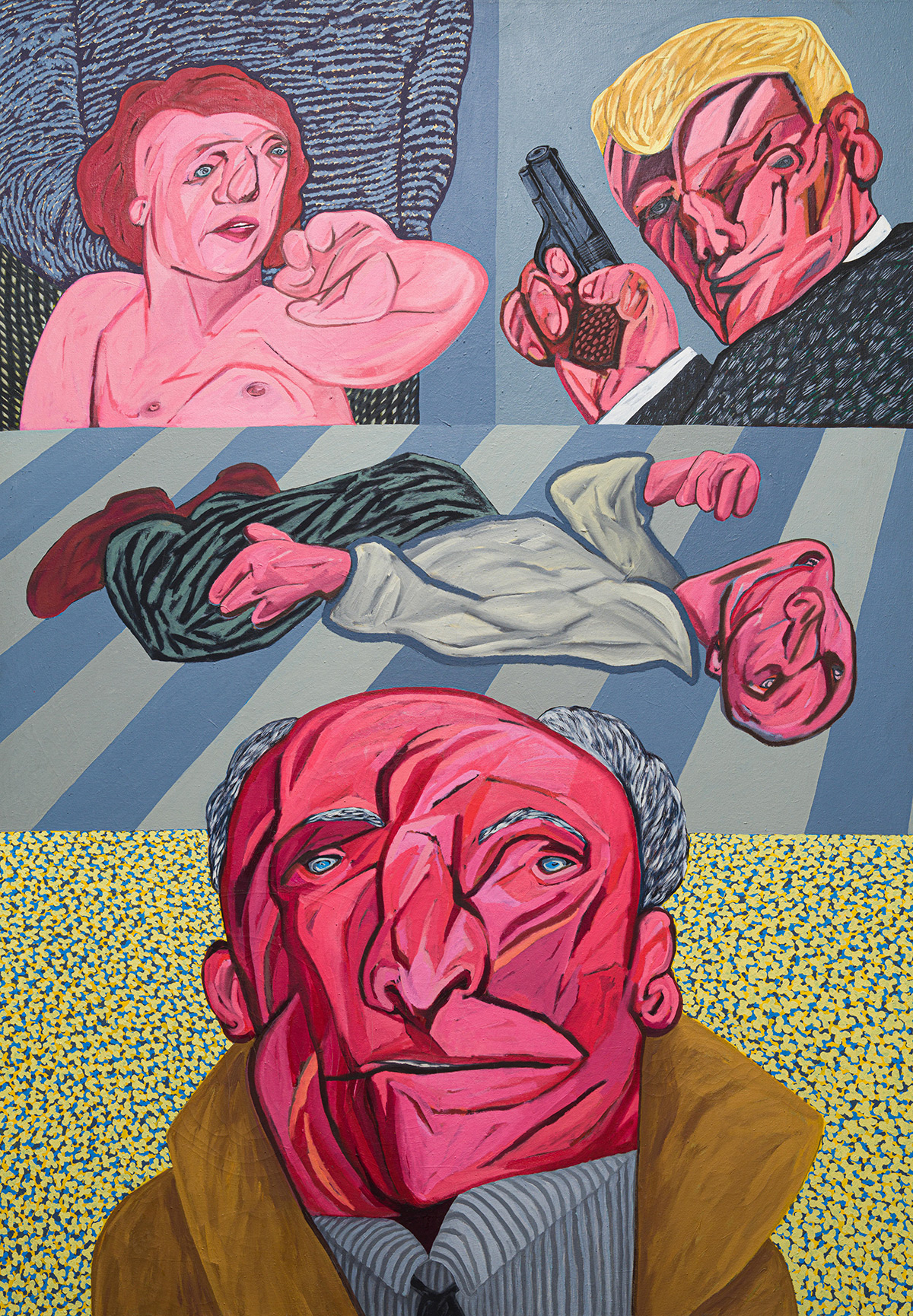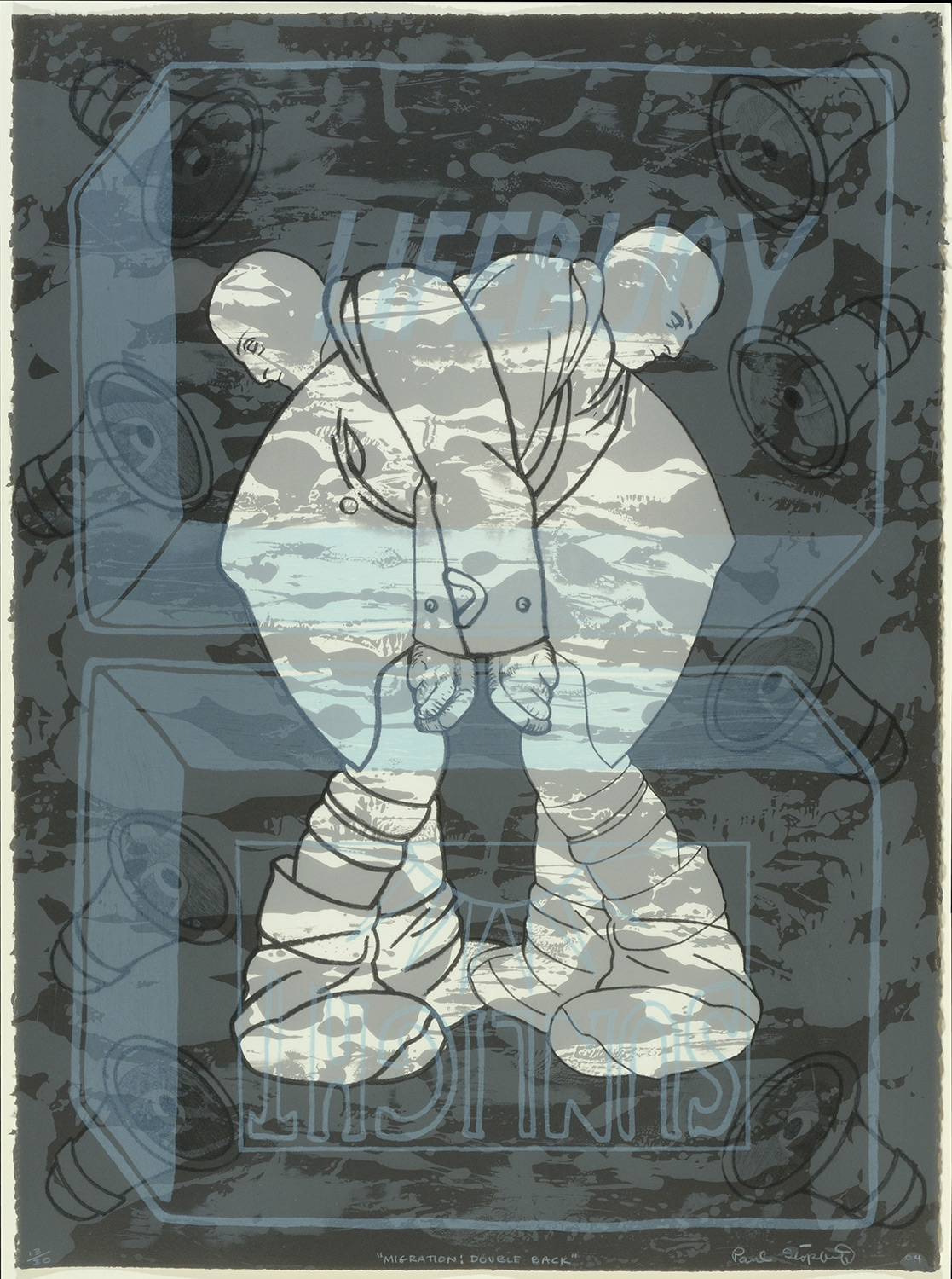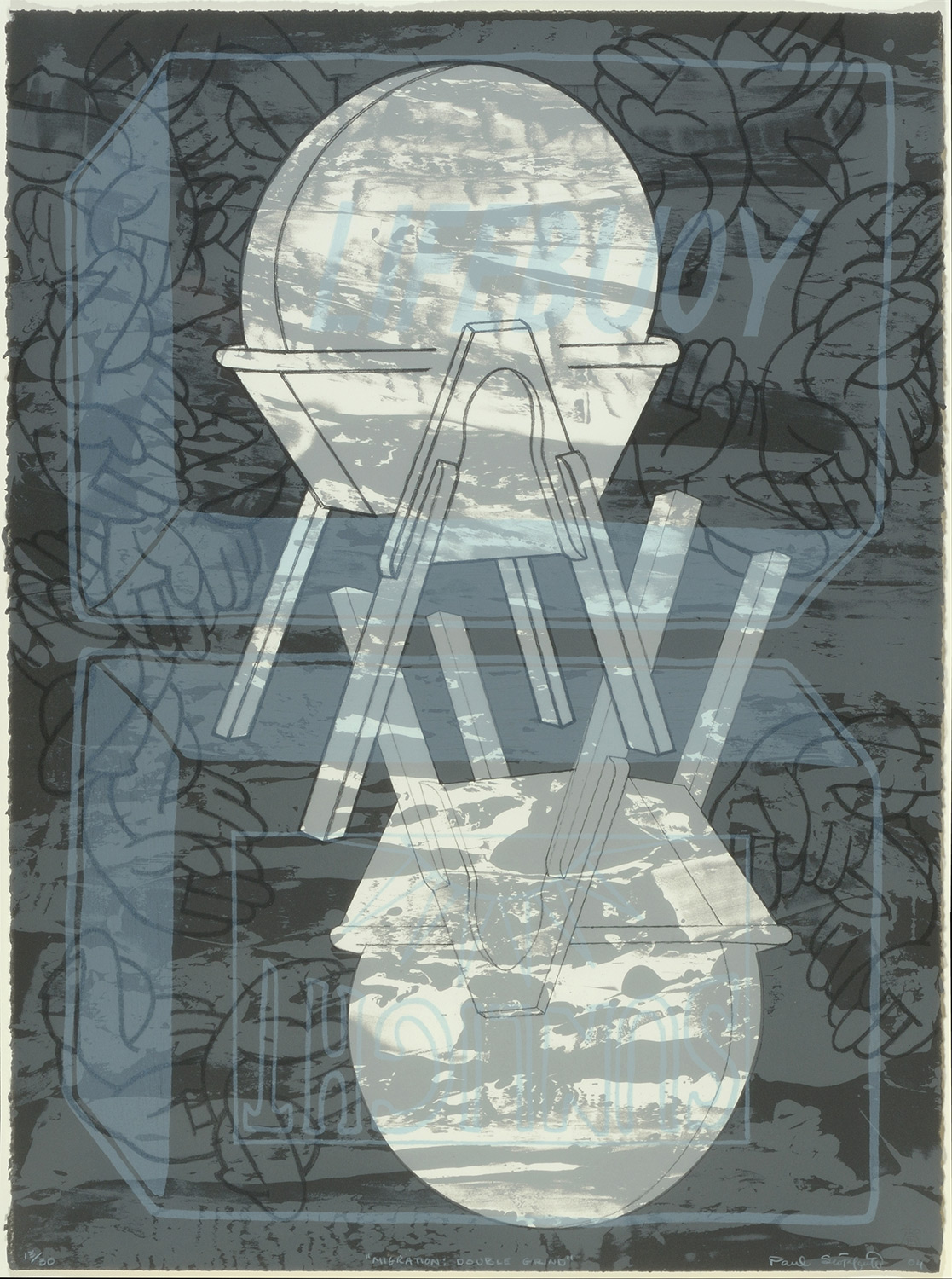Paul STOPFORTH (b. 1945)
BIOGRAPHY
Paul Stopforth was born and raised in South African during the apartheid years. He studied at the Johannesburg College of Art and the Royal College of Art in London.
In 1981 and 1983, Stopforth made two large drawings titled Elegy and Interrogation Space #1–5 about Bantu Stephen Biko, the South African Black Consciousness Movement leader who died in 1977 from three brain lesions that resulted in a massive brain haemorrhage due to being severely beaten while in police custody. ‘Having been given privileged access to autopsy photographs of Steve Biko’s poor body, I produced a number works that continue to reflect on the brutality of the apartheid system, and the ongoing damage done to the lives of human beings everywhere who take a stand against authoritarian states, systems and regimes,’ he writes.
In 1988, despairing that the country would never change, he and his wife, Carol, left for the United States.
‘The openness and generosity of America gave me permission to explore imaginative possibilities and subject matter that in South Africa would have been regarded as a betrayal of the struggle,’ he writes. ‘At first my interest in Zulu and Ndebele beadwork, Australian Aborigine “Dream Time” paintings, Hindu and Buddhist practices and deities influenced and informed my work.’
However the difficulties inherent in immigration and exile, dislocation, disconnection, despair, nostalgia and uncertainty continued to dog his practice for many years.
In 2004, while teaching in the Visual and Environmental Studies Department at Harvard University, he spent two weeks as artist-in-residence on Robben Island, the political prison in which Nelson Mandela was held. Fragments and relics that he discovered and photographed during his residency became source material on his return to Boston. Memory, history, and loss became embedded into a new body of work.
After a number of years, he began to feel a connection that bridges the southernmost tip of Africa with the East coast of America. From the tidal pool called Bethesda, place of healing, situated at the rock-strewn edge of Robben Island to the breakwater in Provincetown, he began to paint a thread.
The formal aspects of his work have undergone significant changes that correspond to technical insights into the use and manipulation of gouache and colour. He slowly suspended the narrative context of his search for meaning in favour of pictorial structures that emphasise the use of colour. This led him to discover that he lives in an environment with an abundance of trees, a shape revealing revelation.




